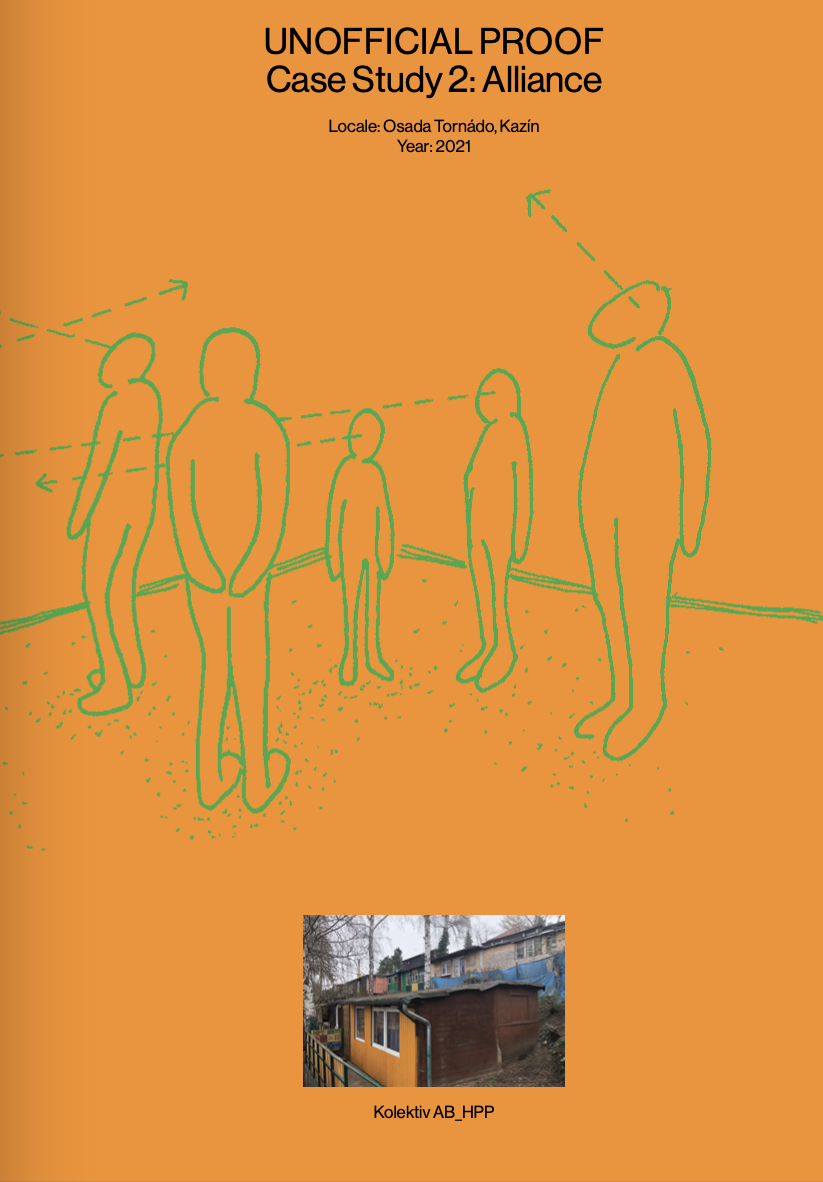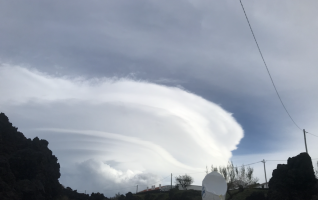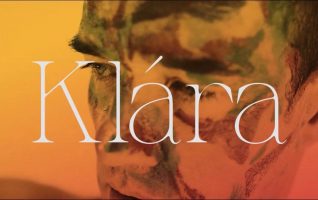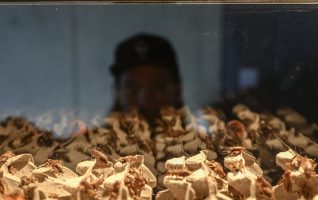Unofficial Proof – Case Study 2: Alliance, 2021-22
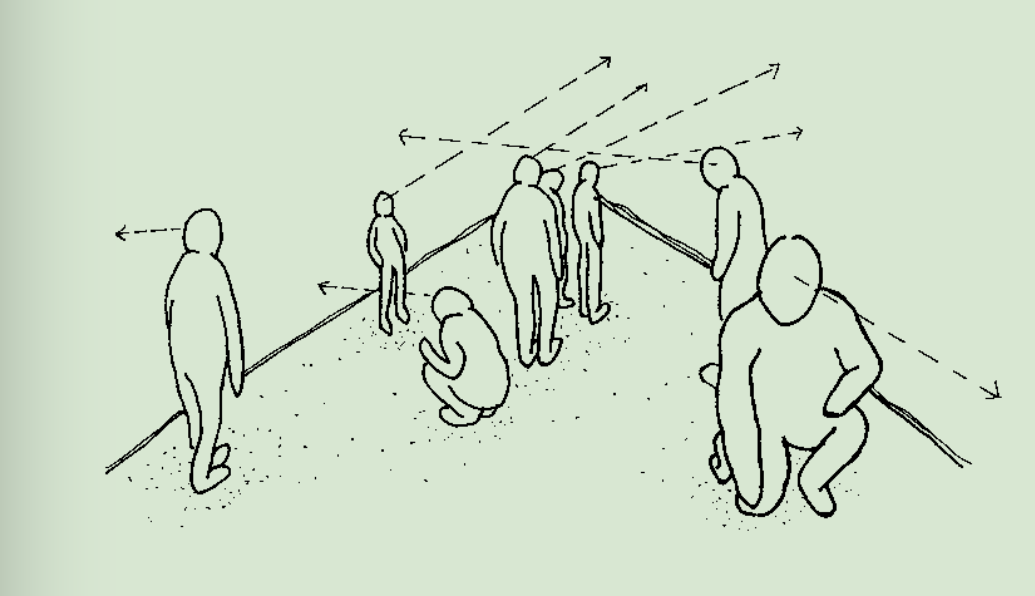 ANNOTATION
ANNOTATION
In 2021, we were approached to take part in the TriangulUM 2021 project, which for the second year is organized and supported by the Prague City Gallery. In the project, we applied for a unique location of the former tramp settlement Tornádo in Kazín (Czech Republic), which falls under the city part of Praha-Lipence.
We decided to approach the site as a unique and dynamic interface through which it is possible to test and develop a method of performative mapping, which may be crucial in the production of a new type of experience under certain circumstances.
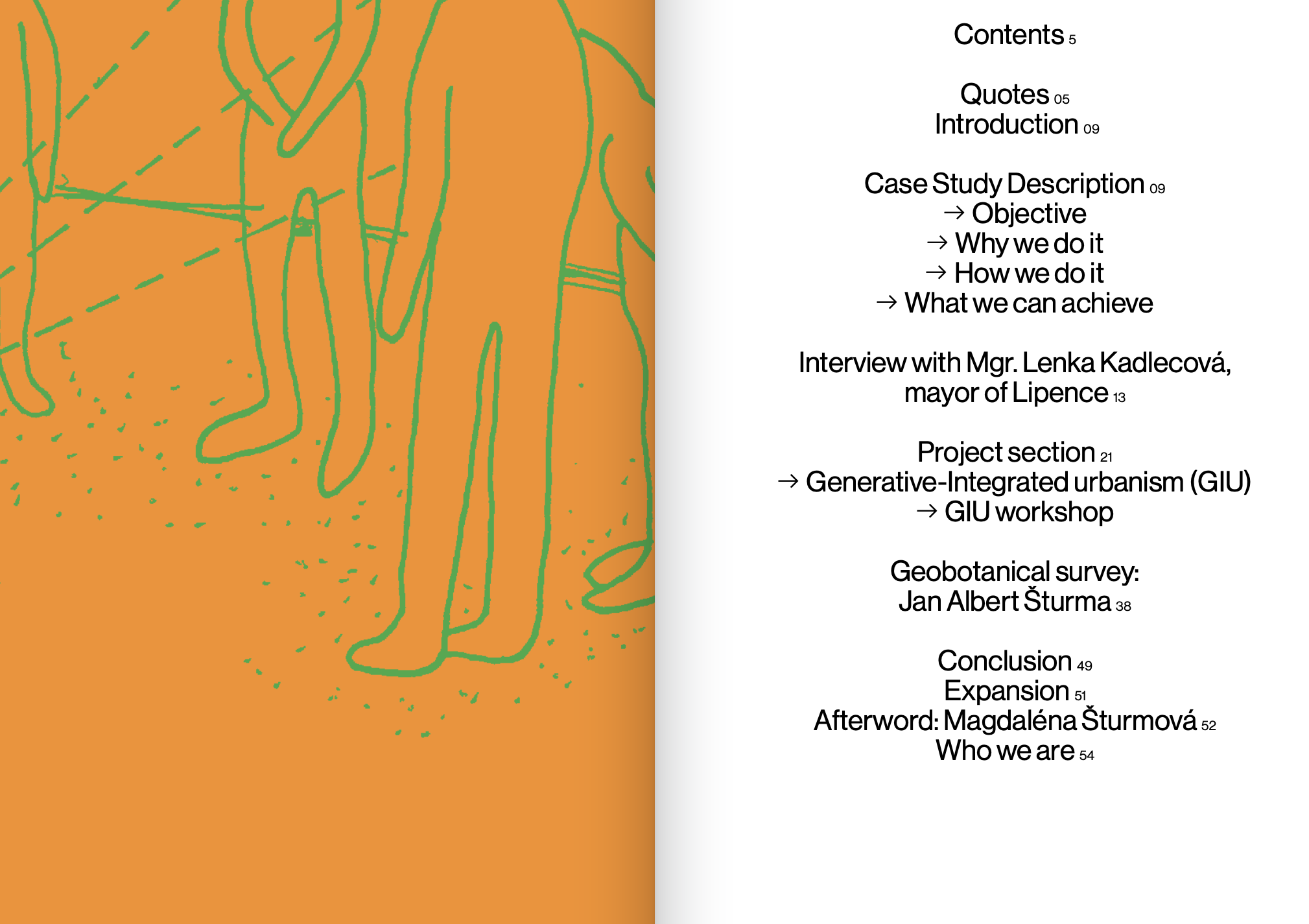
Unofficial Proof – Case Study 2: Alliance is a process which begins with a receptive phase of observation and listening. It progresses through a creative phase of design decisions and leads to the realization of a proposal for the given locale; but it also returns to the original idea, asking whether it might not be best to just remain an attentive observer and listener. To try to capture the dynamics of places which are based in the permanent interaction of human and non-human actors.
Seen in such a light, we are able to say that every locale contains a high degree of openness and ingenuity, as it is always in a process of continuing formation. We can consider such locales as dynamic interfaces, where it is possible to experiment and develop the imagination.
We understand the locale as an interface which integrates the user into mutual communication. The interface is able to uncover other landscapes, as it works within an augmented reality, and can thus model the user’s perception, and vice versa. The user automatically becomes a co-creator or co-author.
Collaborative design = spatial design.
This basic assumption constitutes our basic motivation, as it allows mutual interaction and collaboration from the project’s very first moments. But it does not aim to offer an exclusive perspective on the given situation or the locale. This capacity to involve other actors in this process of discovery and mapping is an important aspect of this case study, and it naturally leads to mutual education.
In the project Unofficial Proof – Case Study 2: Alliance we collectively focus on researching, developing and expanding the methods of performative mapping. This particularly involves the testing of Generative-Integrated Urbanism (GIU). A description of GIU is also part of this study. GIU constitutes one of the possible methods for studying, understanding, mapping and sensibly designing space. In its long-term application, the case study allows us to also perceive subtler questions, which are often neglected within design projects, or are simply avoided from the very outset of the process.
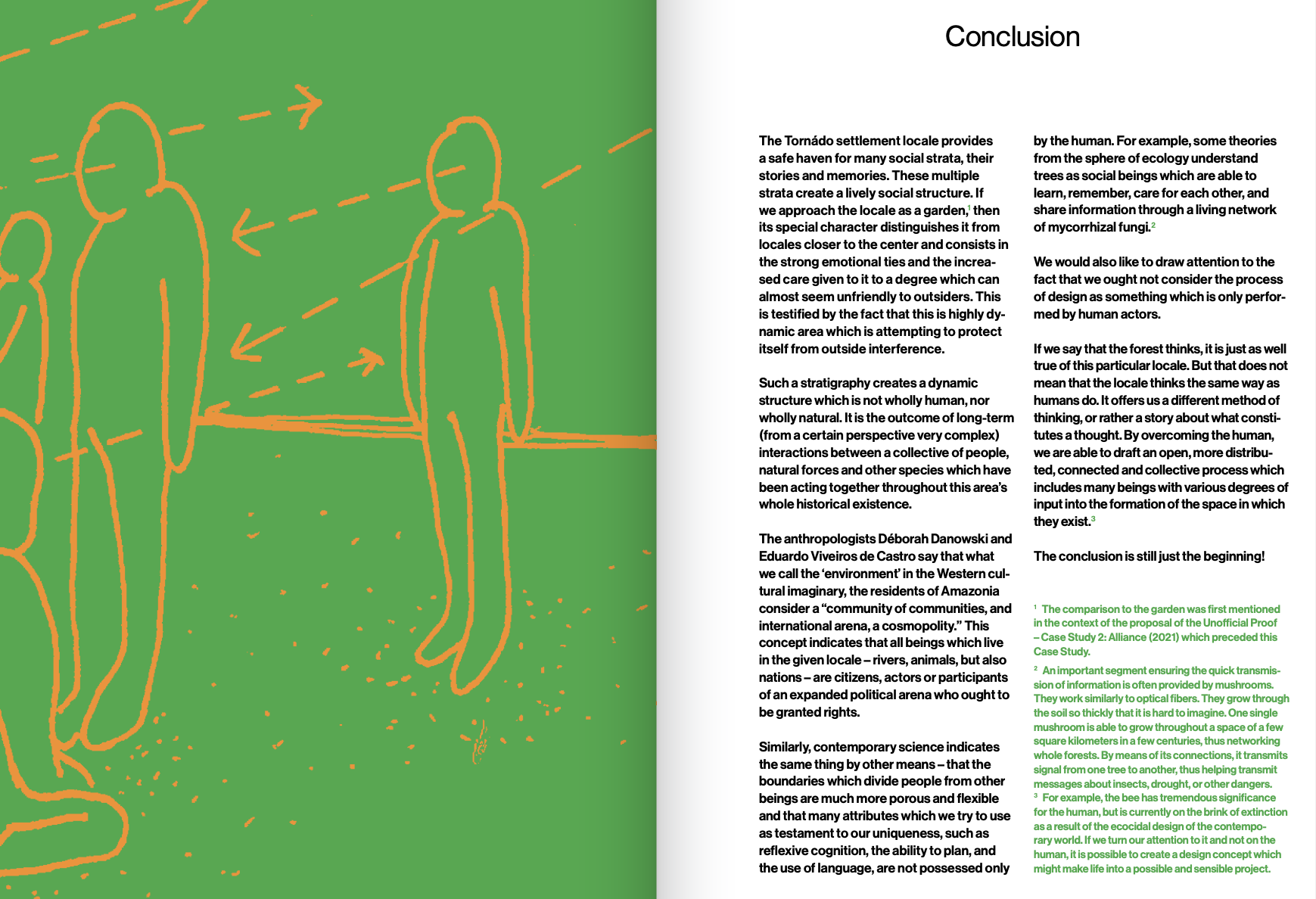
GENERAL INFORMATION
The cottage settlement Tornádo lays near the legendary restaurant Tornádo u Pumpahomy, formerly know as the U Tetaurů restaurant, which in the past often served hikers and members of the tramping community. It can be found northwest of the slate-rock cliff upon which stand the ruins of Kazín castle.
GPS: 49°56’55.70″N, 14°20’19.92″E,
A large part of the settlement’s structures are comprised of the chassis of historical buses Praha N or Praga 1930 which were being phased-out in the 1920s by the Czech Post, and were transported to the banks of the Berounka. This created a tramping settlement on a private property (a river spa) with a highly unusual urbanist concept par- tially defined by these historical bus chassis.

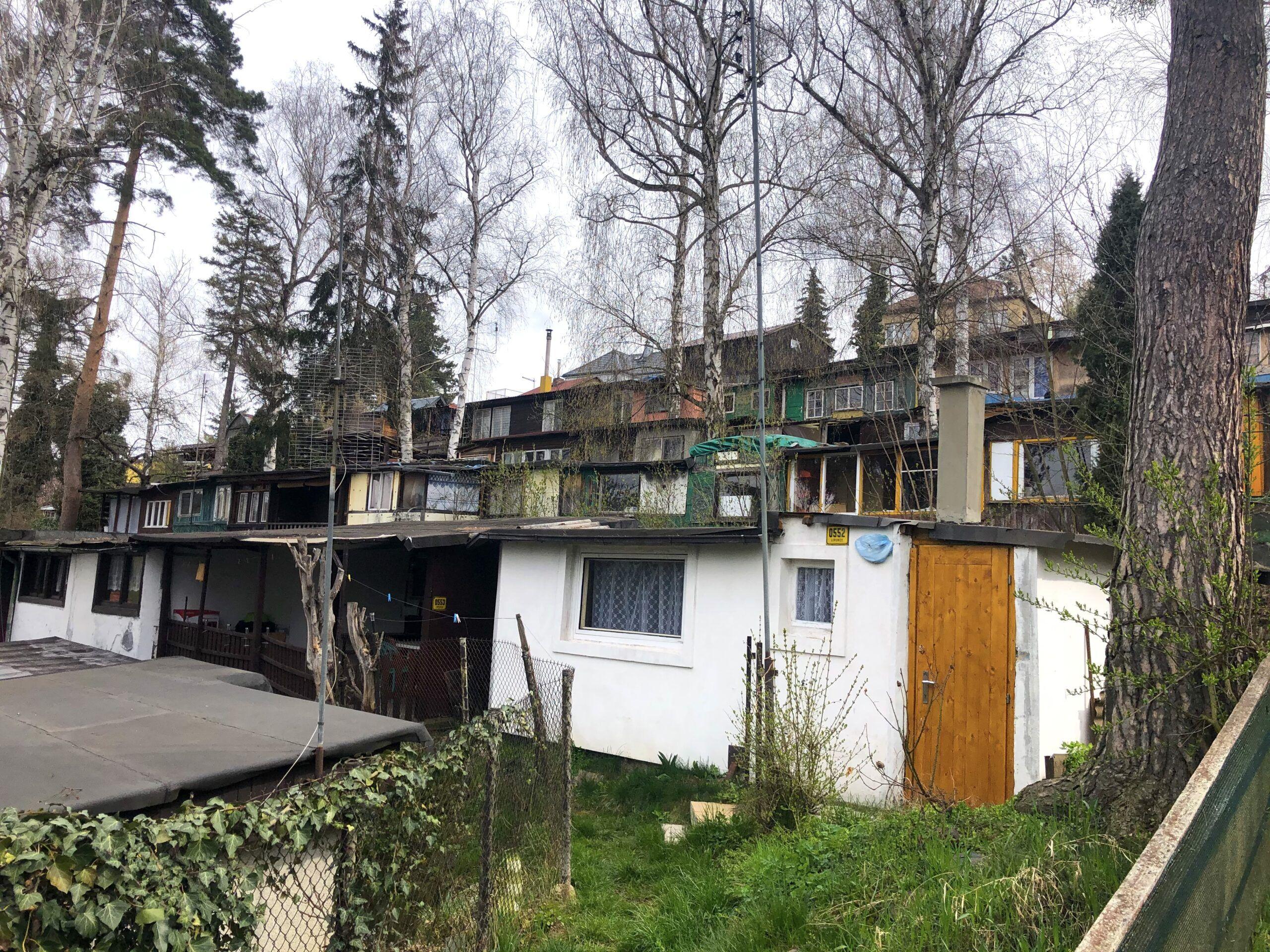
The Kazín cottage settlement was founded towards the direction of Černošice, around the U Berounky street, in the place of the former river and sand spa. Nowadays, these settlements provide space for volleyball and footnet tournaments, but community life in the original Osada Tornádo has apparently faded, and the locale has rather become lure for tourists. But the Osada Kazín still votes in a sheriff and a board of deputies, meaning the settlement still remains highly self-organized.
In 2015, the Municipality of the Capital City of Prague supported the plan for develo- ping the area at the point of confluence of the Vltava and Berounka, where the Prague Institute of Planning and Development initiated the foundation of the Soutok suburban park (the collaborating districts of Prague are Velká Chuchle, Zbraslav, Radotín, Prague 12, Lipence, Černošice). There is currently a plan to support a favela at the Osada Kazín and the wider area, and build an artistic and cultural colony for residencies.
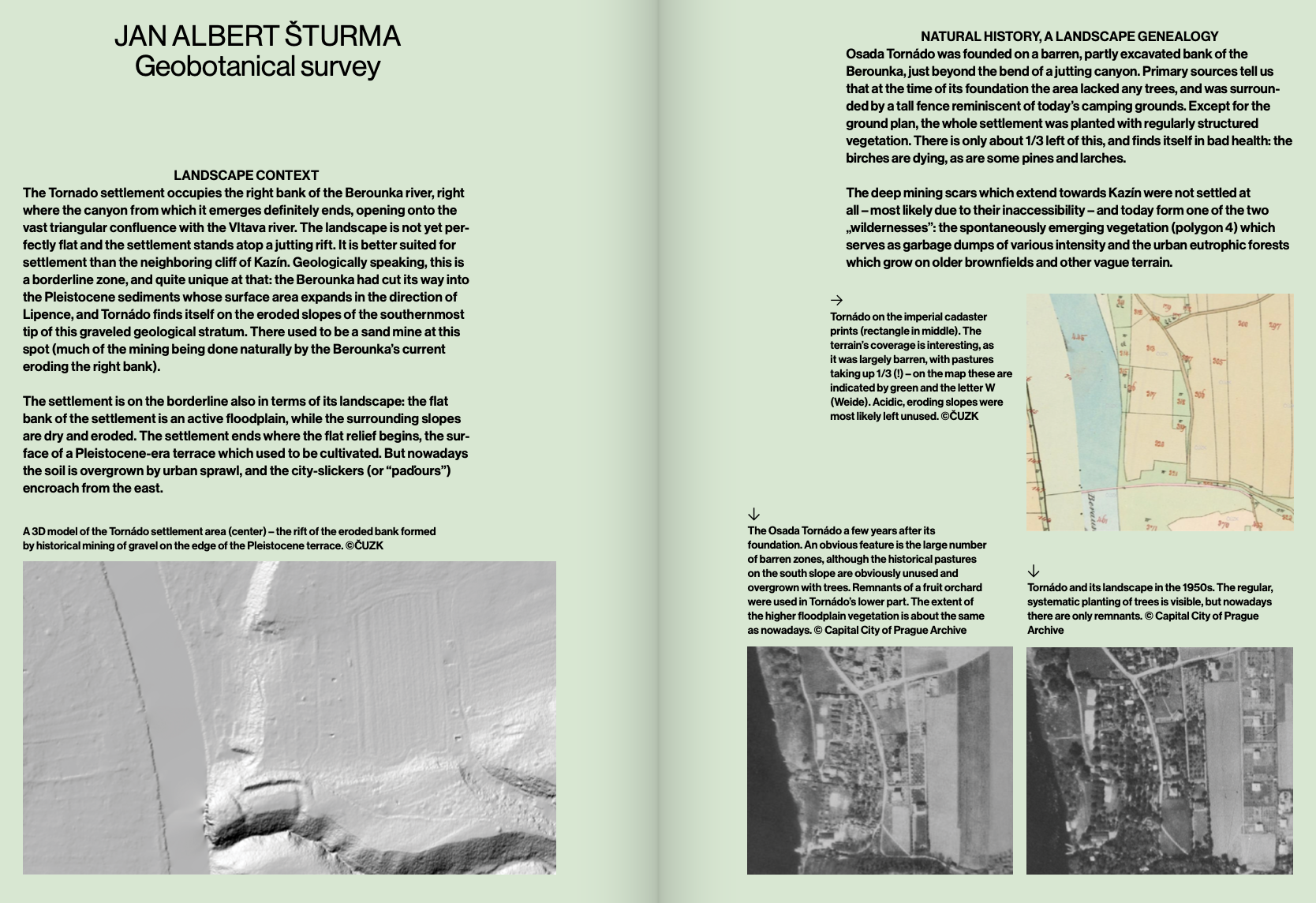
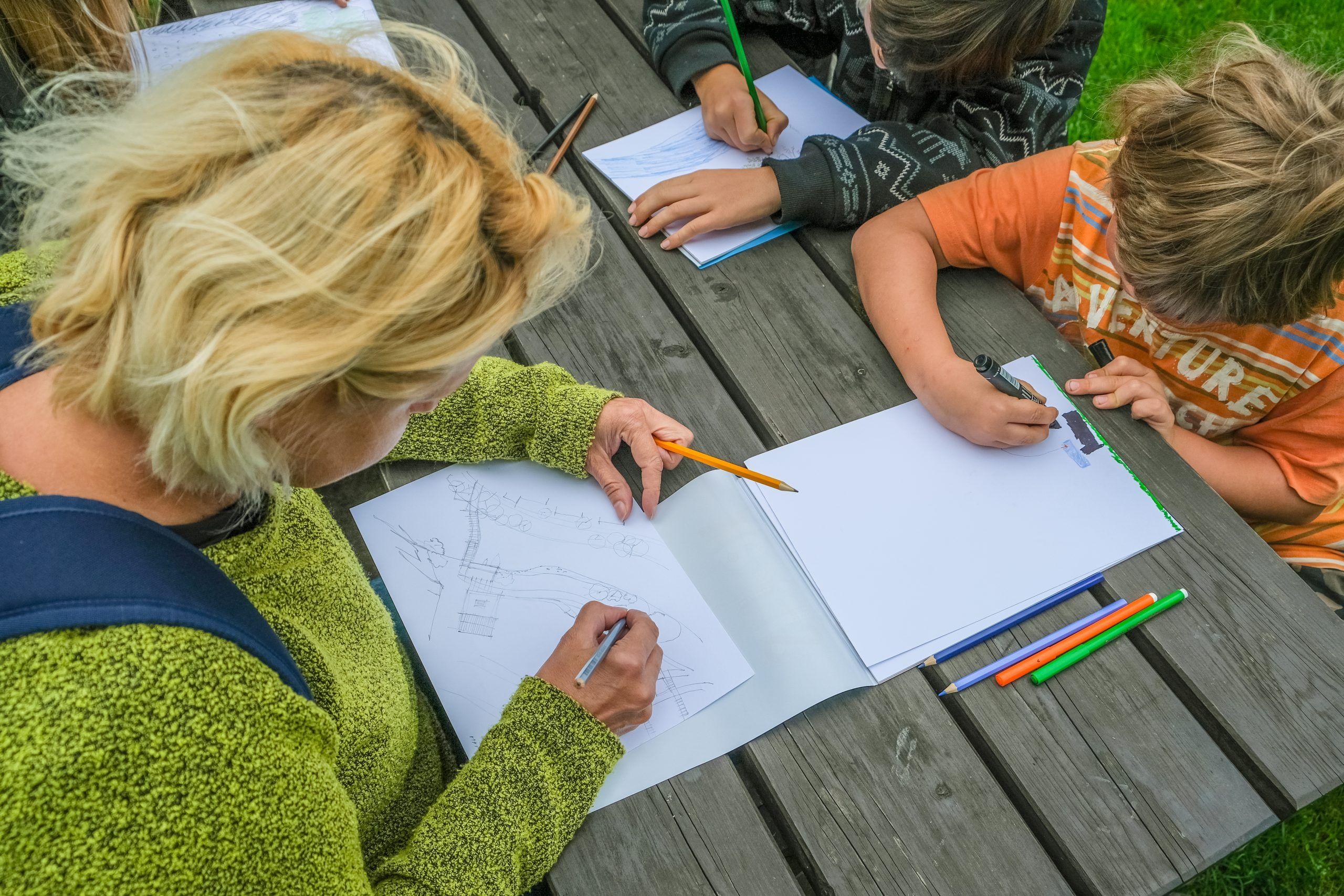
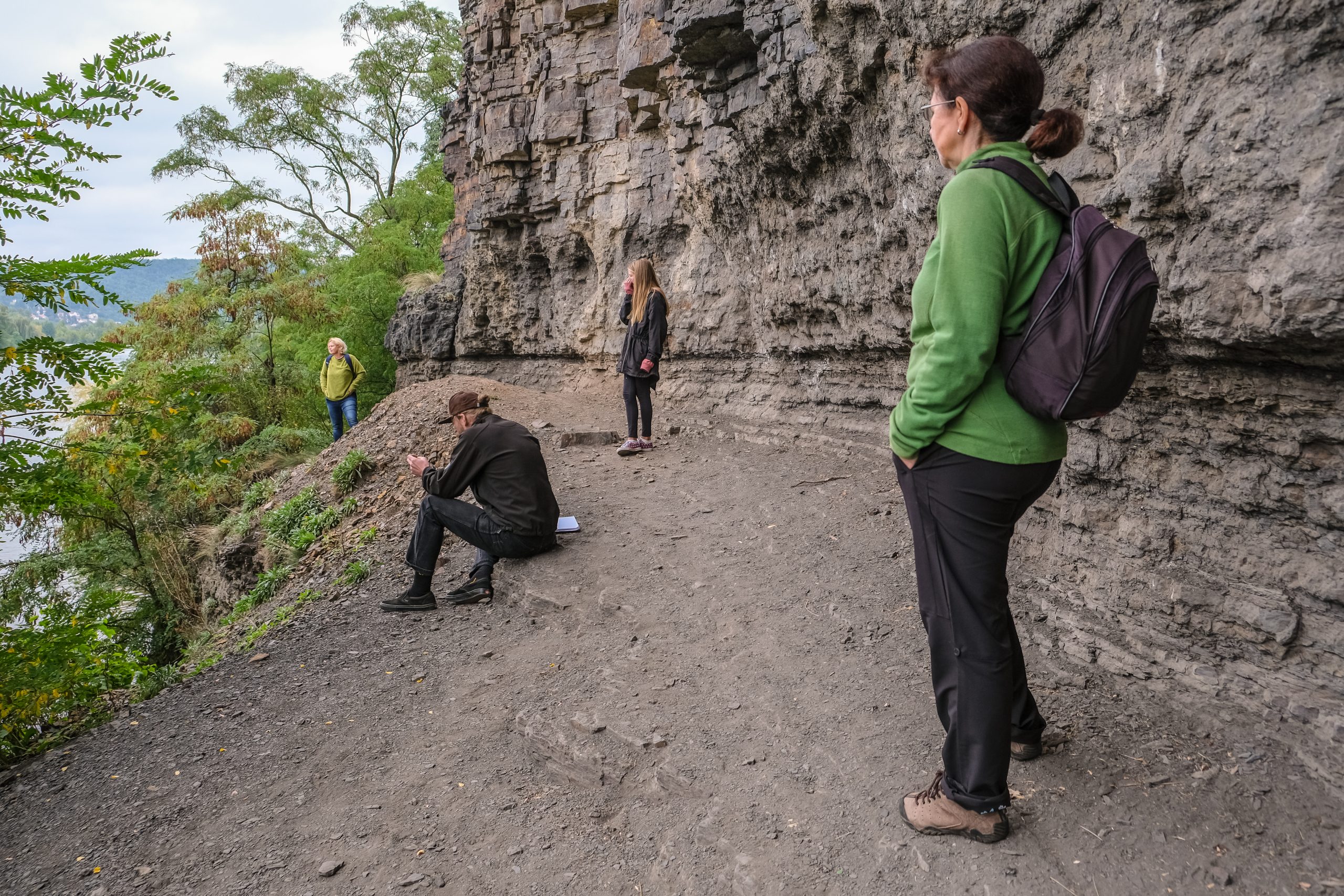
Production team: Collective AB_HPP: Aleš Čermák, Jakub Gottwald Jindřiška Křivánková, Pavla Kouzalová
External collaborators of the case study: Mgr. Lenka Kadlecová (Mayor of the Municipal District Praha-Lipence), Mgr. Jan Albert Šturma (geobotanist), Mgr. Magdalena Šturmová (biologist)
GIU workshop participants: Marie Milotová, František Milota, O. Adam Gregor, Adam Svoboda, Milada Vlčková, Jana Svoboda Akrmonová
Documentation: AB_HPP, Jan Emler, Vít Trunec
Graphic design/ilustration: Terezie Štindlová
Afterword: Mgr. Magdalena Šturmová
© Collective AB_HPP, Prague City Gallery, 2021
The realization of this project was created with the support of the Prague City Gallery as part of the Umění pro Město program.
Neoficiální důkaz – Případová studie 2: Aliance je součástí performativně-edukativní entity The Transversal Navigation (TTN).
📒The publication in Czech language is now free to download at: Neoficiální důkaz – Případová studie 2: Aliance
📕 If you would like to study the Case Study in English, please write to us on our email: info@abhpp.org
Bibliographic data: Author: AB_HPP Publisher: AB_HPP ISBN: 978-80-908403-0-0 Formát: A5 Graphic design/ilustration: Terezie Štindlová Year: 2021
